Deadly funnel-web spider Big Boy to help save lives
With a leg-span of almost four inches, Australian arachnid is one of largest ever caught

One of the largest funnel-web spiders ever caught is to be milked for its venom to create life-saving medicine. Nicknamed Big Boy, the deadly arachnid has a leg-span of almost four inches (ten centimetres) and was caught in Newcastle, New South Wales.
Funnel-webs are the deadliest spiders in Australia and one of the most venomous arachnids in the world, says the BBC. A bite can lead to heart attacks, cause breathing difficulties and affect the nervous system and intestines.
There have been 13 deaths recorded from funnel-web spiders in Australia, but none of these have taken place since a programme to create anti-venom was initiated by the Australian Reptile Park (ARP).
The Week
Escape your echo chamber. Get the facts behind the news, plus analysis from multiple perspectives.

Sign up for The Week's Free Newsletters
From our morning news briefing to a weekly Good News Newsletter, get the best of The Week delivered directly to your inbox.
From our morning news briefing to a weekly Good News Newsletter, get the best of The Week delivered directly to your inbox.
The procedure sees spiders "milked" for their venom through a pipette. The poison is then injected into rabbits in incremental doses until they build up antibodies which can be used to make anti-venoms serum.
Between 200 and 300 spiders are needed every year, with 3,000 milkings producing enough venom to create one antidote. A spider can only be milked once a week or it risks becoming exhausted.
Big Boy was caught by a "good Samaritan" member of the public last week, according to the ARP, and is one of the biggest funnel-webs they've seen.
"There might be one at a museum, but this is the biggest one we've had in our venom programme," said Billy Collett, the anti-venom programme supervisor.
A free daily email with the biggest news stories of the day – and the best features from TheWeek.com
The average funnel-web has a leg-span of between 2.3ins and 2.7ins (six and seven centimetres), making Big Boy well over the odds with his leg-span.
-
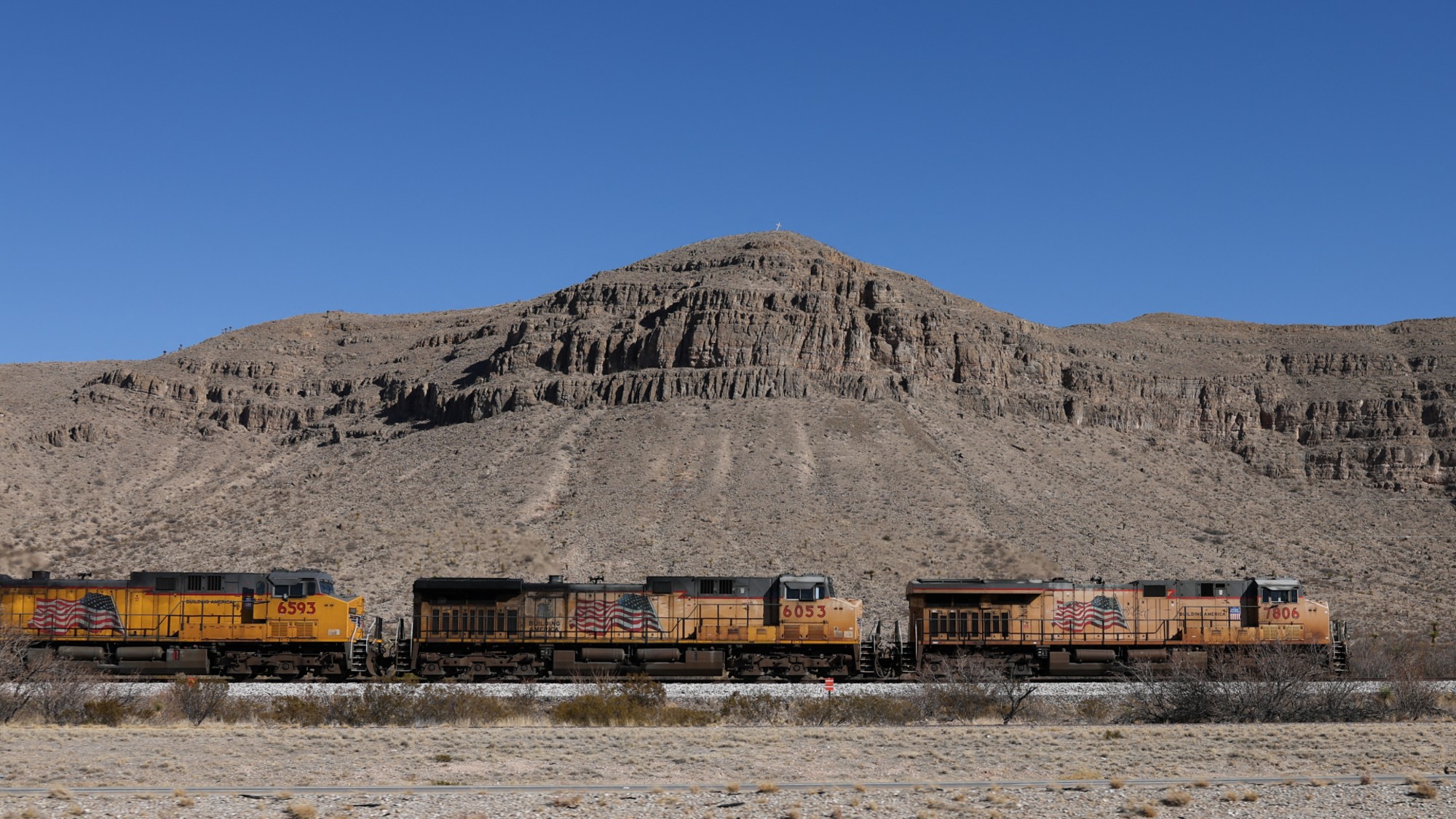 ‘If regulators nix the rail merger, supply chain inefficiency will persist’
‘If regulators nix the rail merger, supply chain inefficiency will persist’Instant Opinion Opinion, comment and editorials of the day
-
 Trump HHS slashes advised child vaccinations
Trump HHS slashes advised child vaccinationsSpeed Read In a widely condemned move, the CDC will now recommend that children get vaccinated against 11 communicable diseases, not 17
-
 Hegseth moves to demote Sen. Kelly over video
Hegseth moves to demote Sen. Kelly over videospeed read Retired Navy fighter pilot Mark Kelly appeared in a video reminding military service members that they can ‘refuse illegal orders’
-
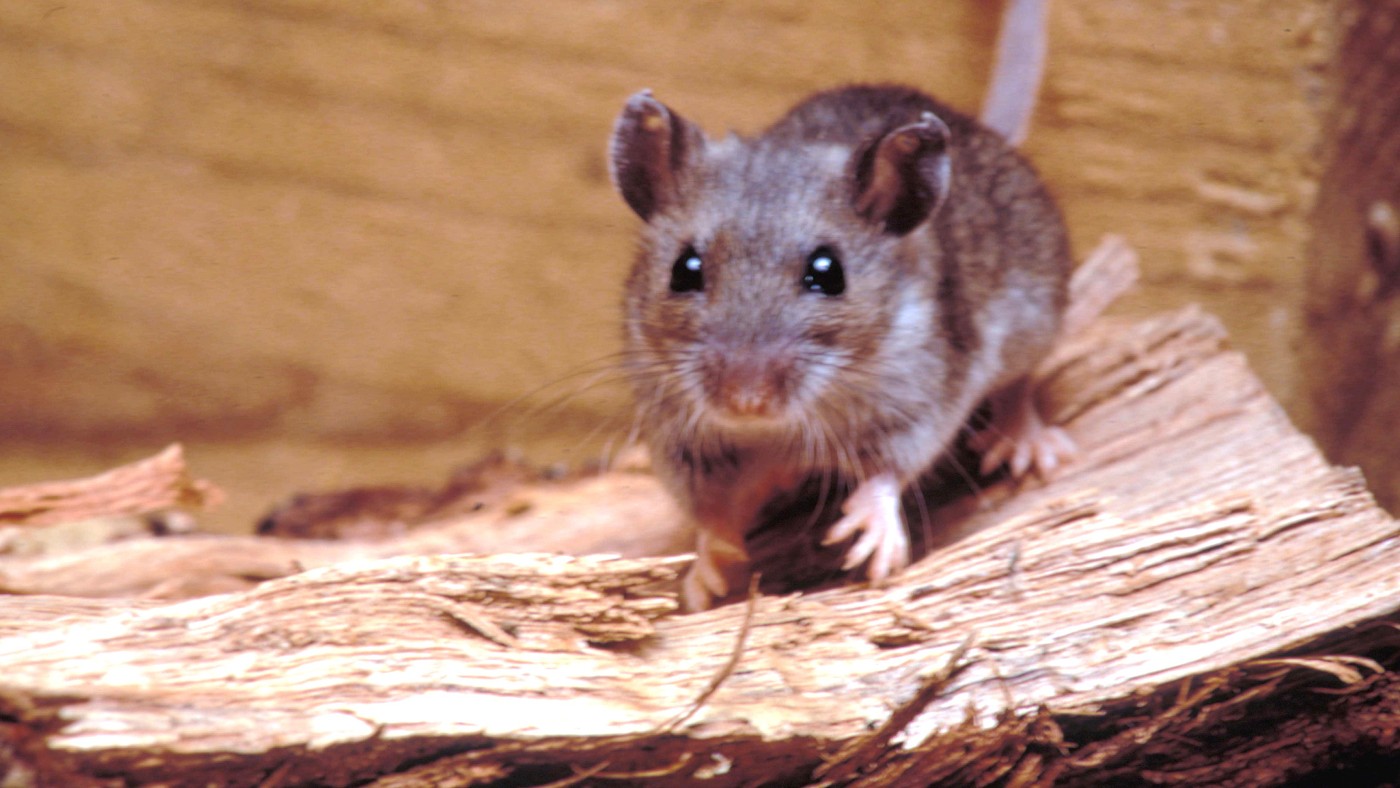 Mouse keeps tidying up man's shed
Mouse keeps tidying up man's shedTall Tales And other stories from the stranger side of life
-
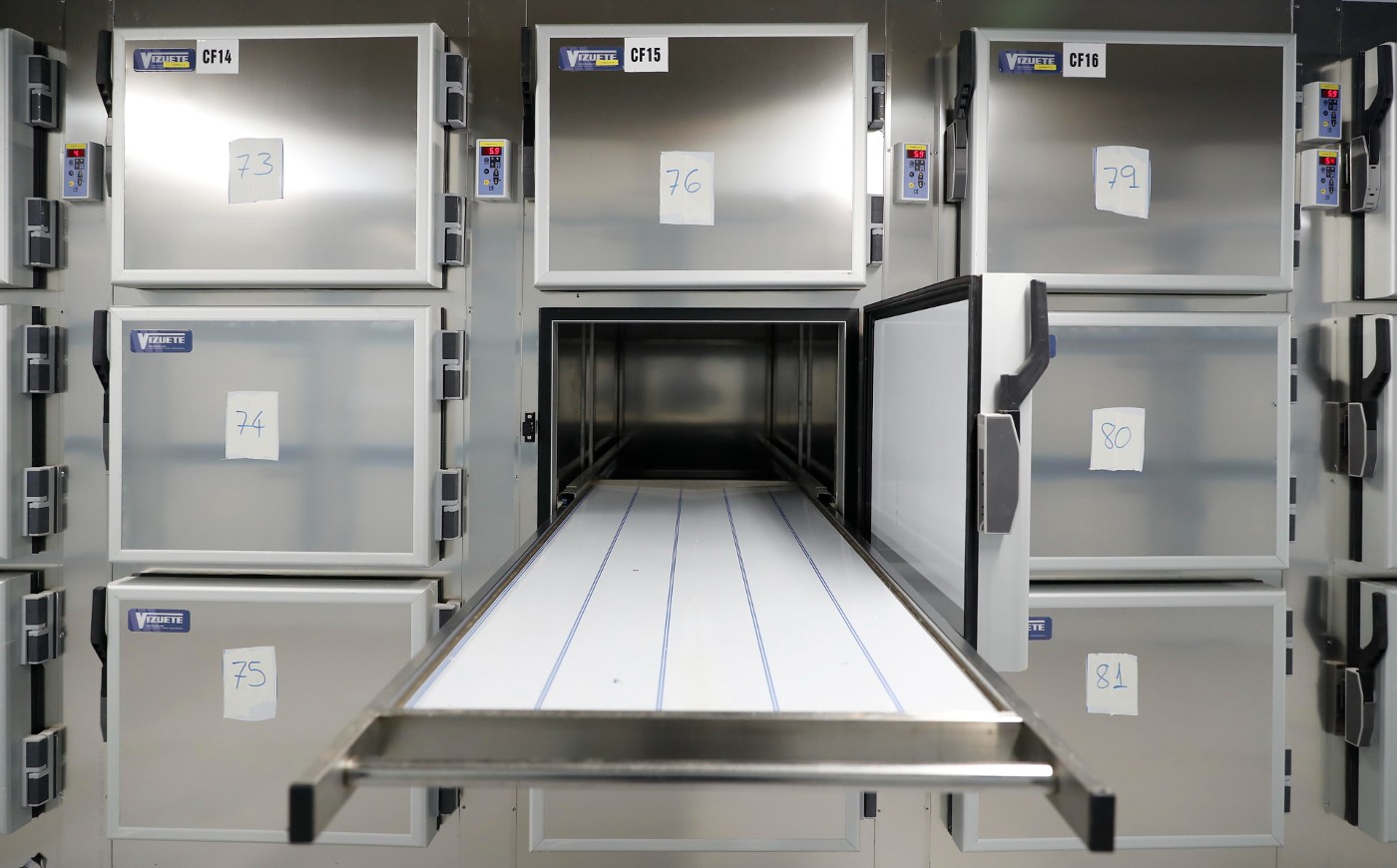 'Dead' woman nearly suffocated in morgue bag
'Dead' woman nearly suffocated in morgue bagTall Tales And other stories from the stranger side of life
-
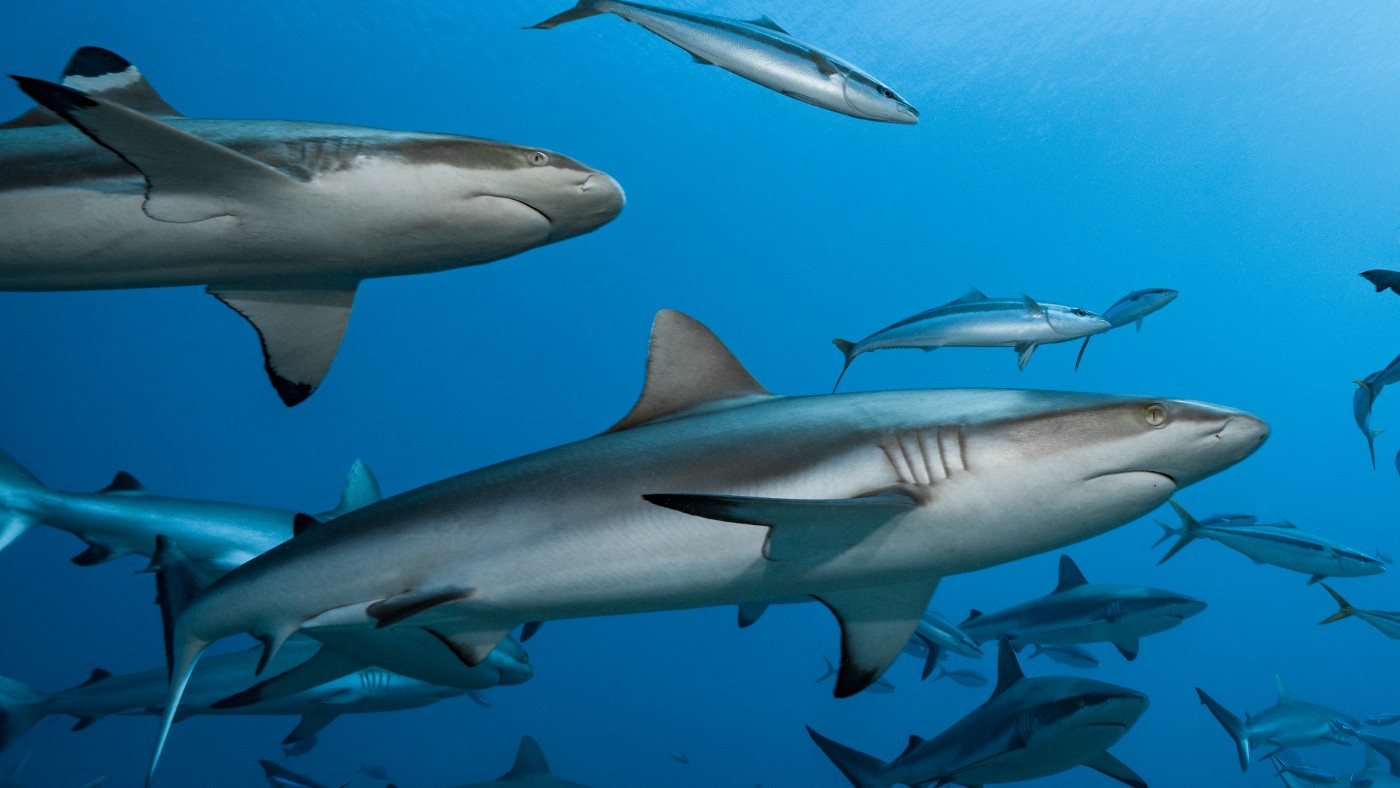 Joker causes shark panic in Torquay
Joker causes shark panic in Torquayfeature And other stories from the stranger side of life
-
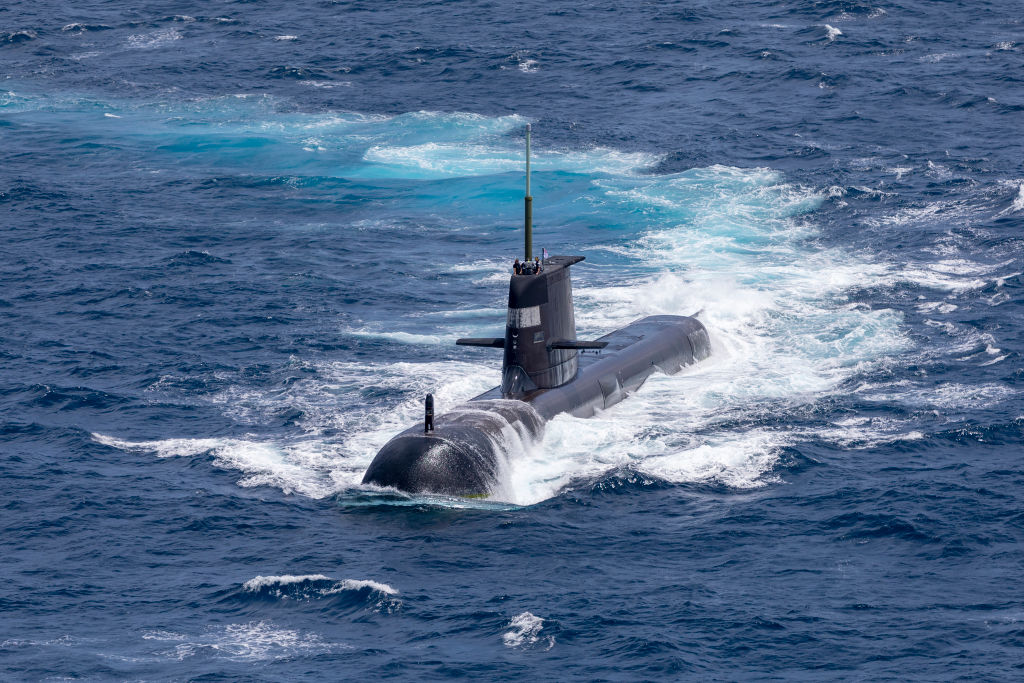 Australia to purchase up to 5 submarines from U.S. as part of defense pact, report says
Australia to purchase up to 5 submarines from U.S. as part of defense pact, report saysSpeed Read
-
 Home Office worker accused of spiking mistress’s drink with abortion drug
Home Office worker accused of spiking mistress’s drink with abortion drugSpeed Read Darren Burke had failed to convince his girlfriend to terminate pregnancy
-
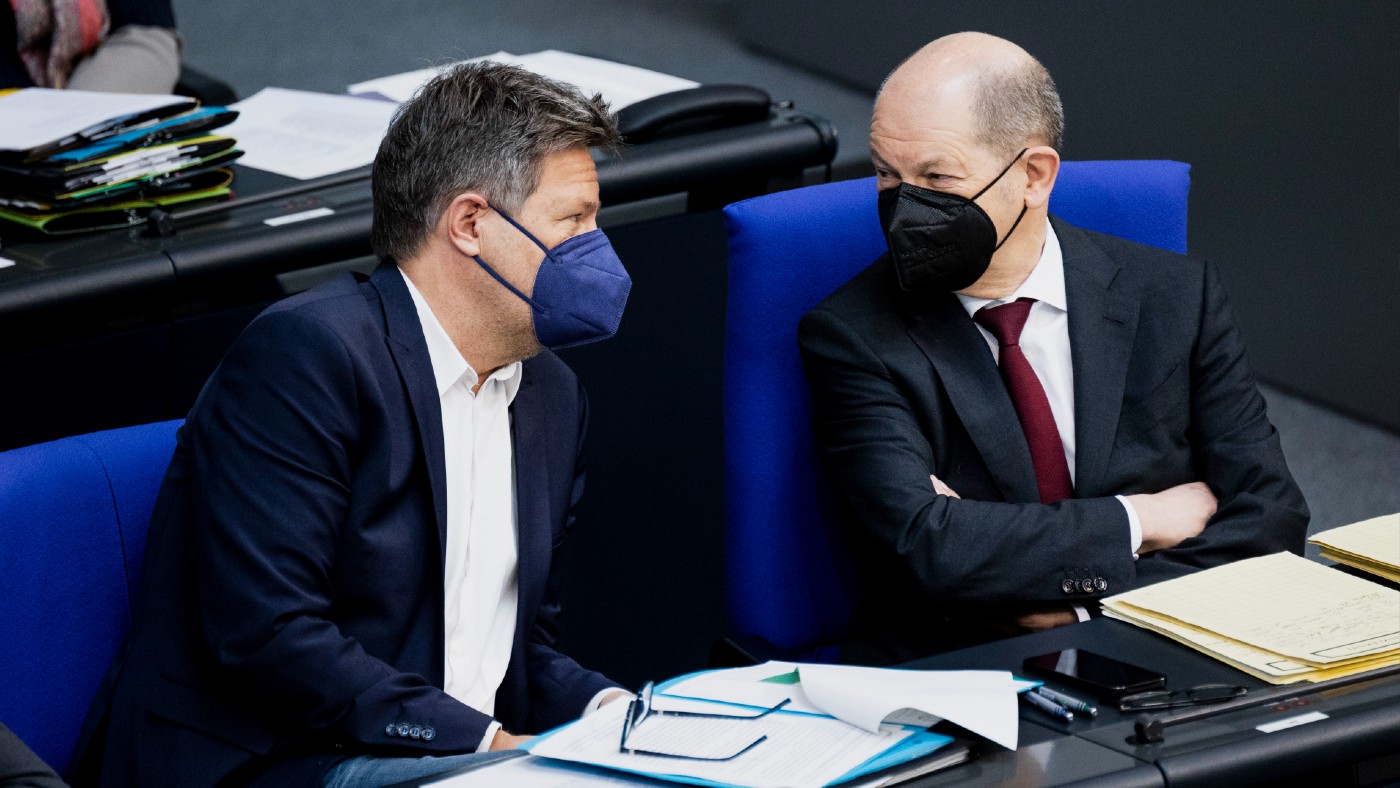 In hock to Moscow: exploring Germany’s woeful energy policy
In hock to Moscow: exploring Germany’s woeful energy policySpeed Read Don’t expect Berlin to wean itself off Russian gas any time soon
-
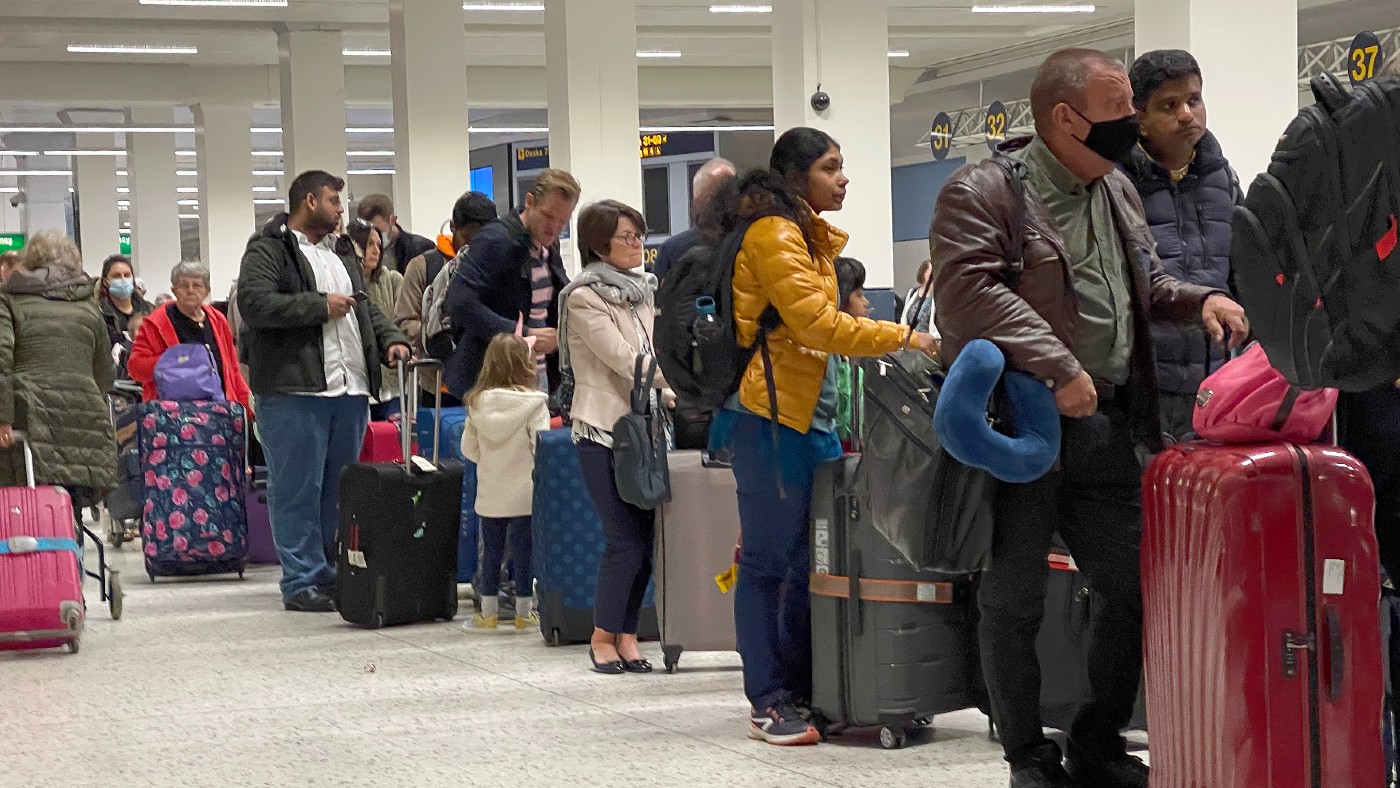 Were Covid restrictions dropped too soon?
Were Covid restrictions dropped too soon?Speed Read ‘Living with Covid’ is already proving problematic – just look at the travel chaos this week
-
 Inclusive Britain: a new strategy for tackling racism in the UK
Inclusive Britain: a new strategy for tackling racism in the UKSpeed Read Government has revealed action plan setting out 74 steps that ministers will take